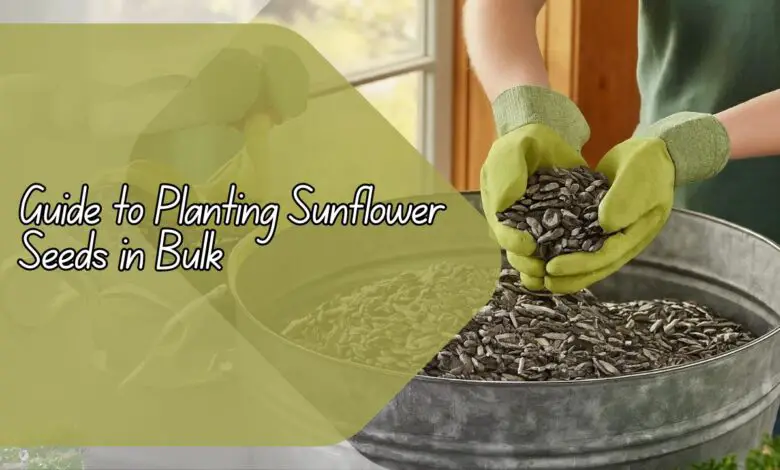
Ultimate Guide to Planting Sunflower Seeds in Bulk
In this article, we will explore the ultimate guide to planting sunflower seeds in bulk. From choosing the right seeds to caring for your sunflowers, we will cover everything you need to know to create a stunning sunflower garden.
How to Choose the Right Sunflower Seeds?
Ultimate Guide to Planting Sunflower Seeds in Bulk
When planting sunflower seeds in bulk, it is essential to choose the right seeds for your garden. Sunflowers come in a variety of sizes, colors, and shapes, so you can select the ones that best suit your preferences.
When buying sunflower seeds, make sure to check the instructions on the packet for information on the sunflower’s height, bloom size, and planting season.
Consider factors such as the location of your garden, the amount of sunlight it receives, and the soil quality to determine the type of sunflower seeds that will thrive in your garden.
Whether you prefer tall sunflowers with large blooms or dwarf varieties that are perfect for borders, there is a sunflower seed variety to suit every garden.
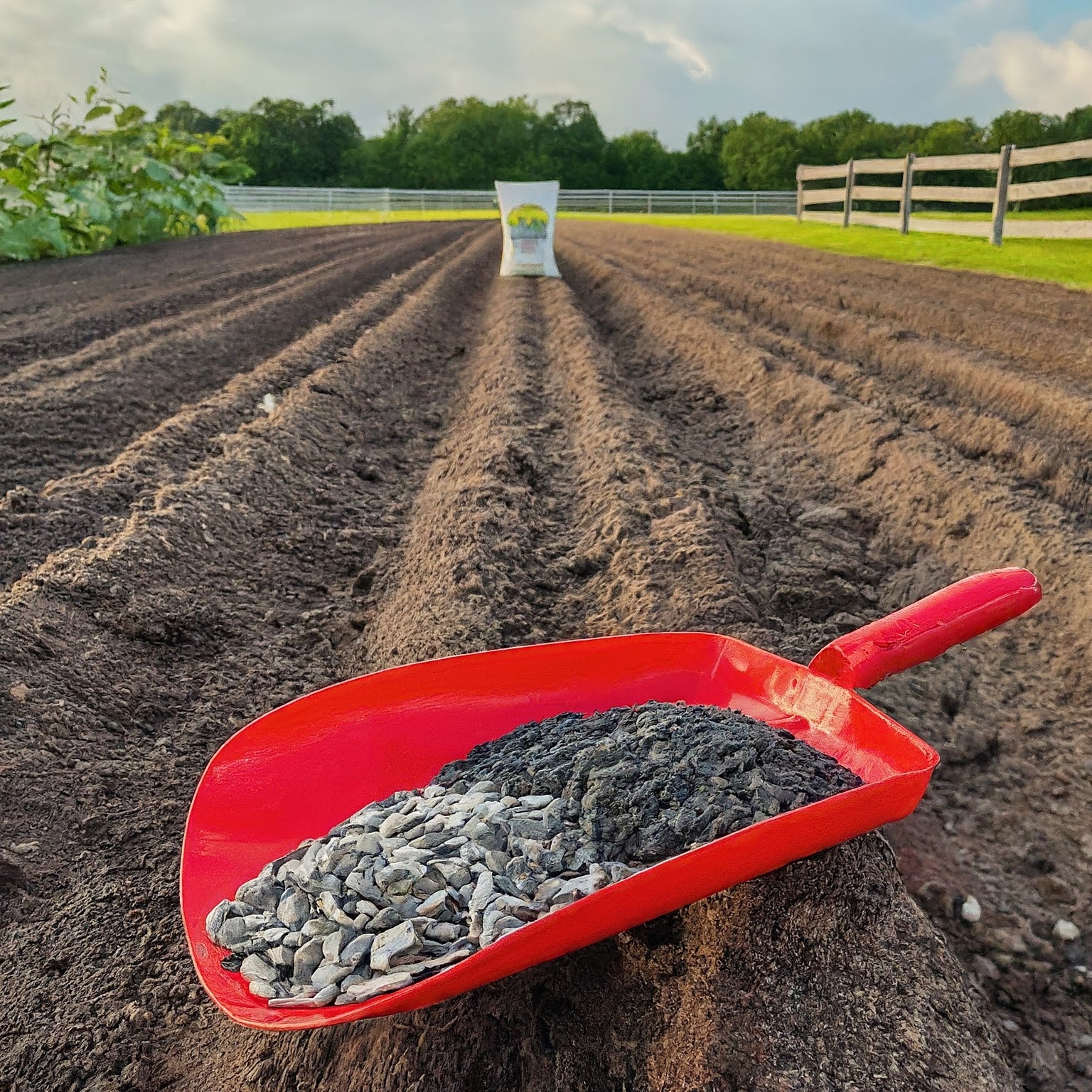
How to Plant Sunflower Seeds?
Planting sunflower seeds is a simple process that can be done in bulk to create a stunning display of sunflowers in your garden. Start by preparing the soil in your garden by loosening it and removing any weeds. Dig a small hole for each sunflower seed, spacing them according to the instructions on the seed packet.
Place the sunflower seeds in the holes and cover them with soil, gently patting them down to ensure good contact with the seeds. Water the newly planted sunflower seeds thoroughly and keep the soil moist until the seeds germinate.
Once the sunflowers have sprouted, continue to water them regularly and provide them with ample sunlight to help them grow and thrive.
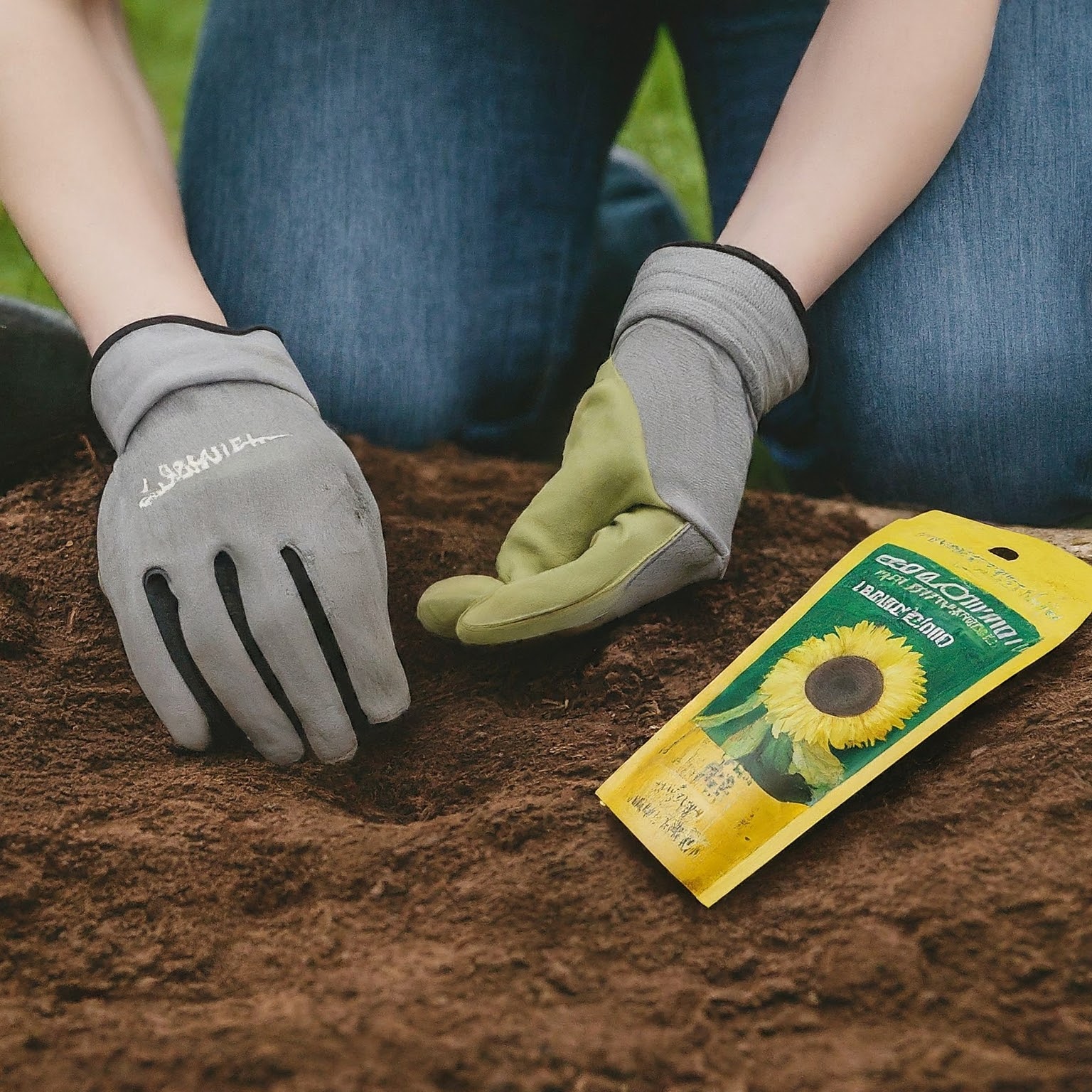
How to Care for Sunflowers?
After planting sunflower seeds in bulk, it is important to care for your sunflowers to ensure they reach their full potential. Sunflowers require plenty of sunlight to grow, so make sure they are planted in a sunny spot in your garden. Water your sunflowers regularly, especially during hot weather, to keep the soil moist.
Check for any signs of pests or diseases on your sunflowers and take appropriate measures to protect them.
You can also feed your sunflowers with a balanced fertilizer to promote healthy growth and vibrant blooms. Deadhead faded sunflowers to encourage new growth and prolong the blooming season.
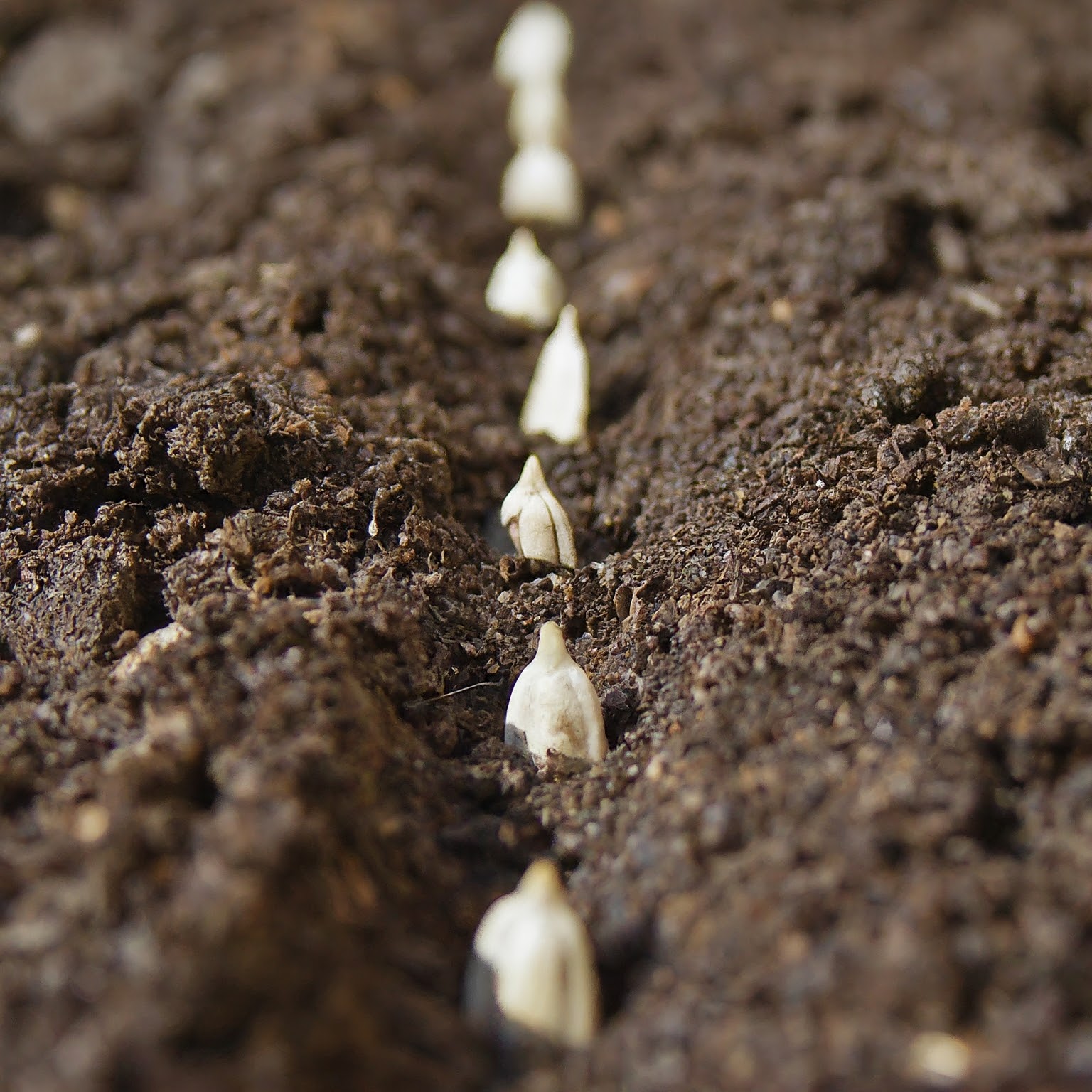
How to Harvest Sunflower Seeds?
Harvesting sunflower seeds is a rewarding task that allows you to enjoy the fruits of your labor. As the sunflowers begin to fade and their heads droop, it is time to harvest the seeds. Cut the sunflower heads from the stems and hang them upside down in a dry, well-ventilated area to dry.
Once the sunflower heads are completely dry, remove the seeds by rubbing them off with your fingers or a brush.
Store the sunflower seeds in a cool, dry place in an airtight container to keep them fresh for future planting or snacking. Enjoy the delicious and nutritious sunflower seeds as a healthy snack, or use them to plant a new batch of sunflowers in your garden.
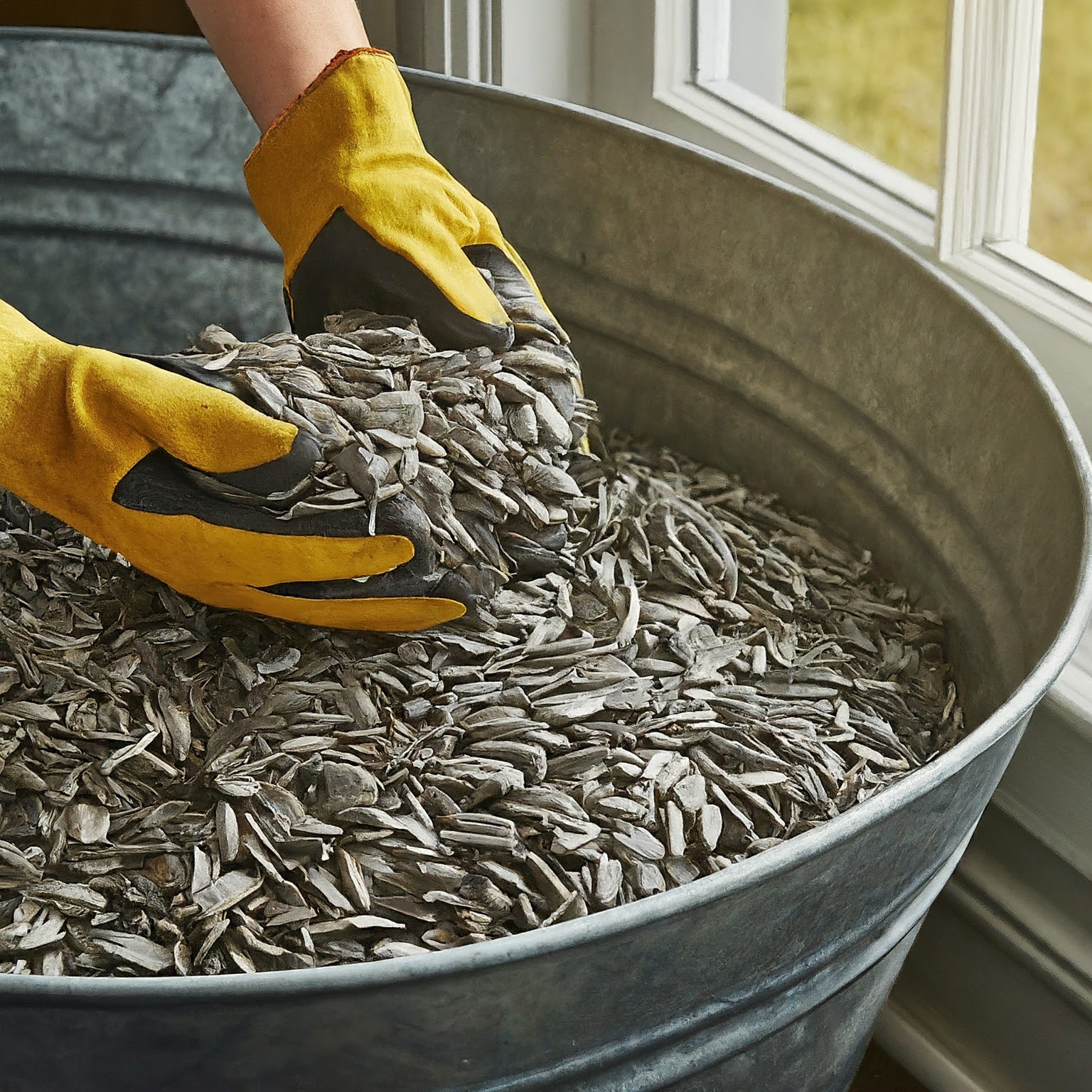
How to Save Sunflower Seeds for Next Season?
If you want to save sunflower seeds for planting in the next season, there are a few simple steps you can follow. Start by selecting healthy and fully mature sunflower heads for seed saving. Cut the sunflower heads from the plants and place them in a warm, dry area to dry completely.
Once the sunflower heads are dry, remove the seeds and store them in a paper envelope or airtight container.
Label the container with the sunflower variety and the date of harvest to keep track of your seeds. Store the sunflower seeds in a cool, dark place until you are ready to plant them in the next growing season.
Conclusion
Planting sunflower seeds in bulk is a rewarding and enjoyable experience that can brighten up any garden. By choosing the right seeds, planting them correctly, and caring for your sunflowers, you can create a stunning display of these beautiful flowers.
Harvesting and saving sunflower seeds allows you to enjoy the benefits of your hard work for years to come. Start your sunflower gardening journey today and watch your garden bloom with vibrant colors and cheerful sunflowers!
FAQs
How long does it take for sunflower seeds to germinate?
Sunflower seeds typically germinate within 7 to 14 days after planting, depending on the growing conditions and the variety of sunflower seeds. Keep the soil moist and provide ample sunlight to encourage germination.
Can sunflowers be grown in containers?
Yes, sunflowers can be grown in containers as long as they have enough space for their roots to grow. Choose a large container with good drainage and plant sunflower seeds according to the instructions for container gardening.
How often should sunflowers be watered?
Sunflowers should be watered regularly, especially during hot weather, to keep the soil moist. Water the sunflowers deeply once or twice a week, depending on the soil moisture levels and weather conditions.
Do sunflowers need fertilizer?
Sunflowers can benefit from a balanced fertilizer application to promote healthy growth and vibrant blooms. Use a slow-release fertilizer or organic compost to provide essential nutrients to your sunflowers.
When is the best time to harvest sunflower seeds?
The best time to harvest sunflower seeds is when the sunflower heads begin to droop, and the seeds are fully developed. Cut the sunflower heads and dry them before removing the seeds for storage or planting in the next season.








